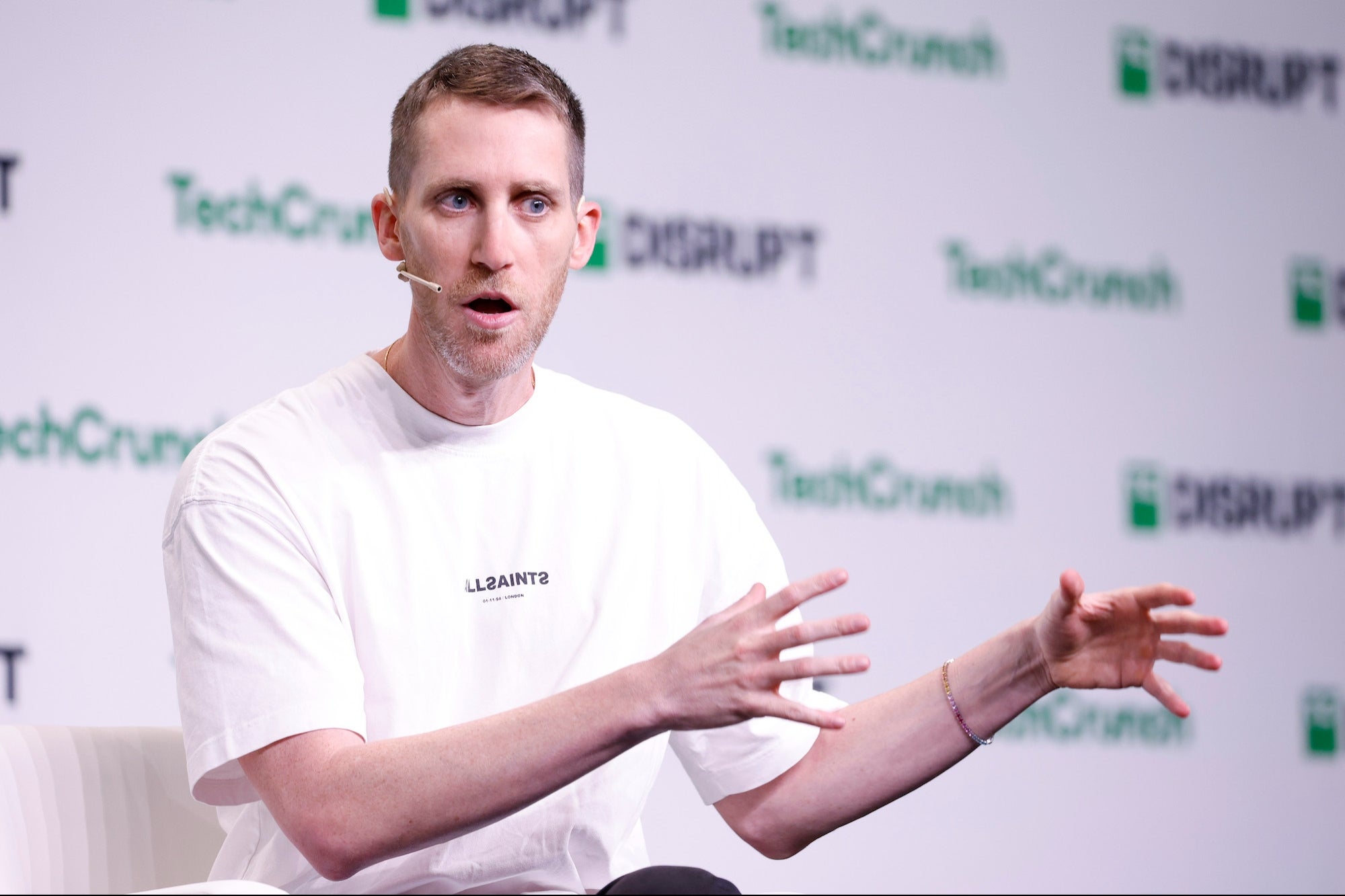Leadership Lessons From NASA Pioneer Katherine Johnson, Who Just Turned 100 The groundbreaking mathematician portrayed in the film 'Hidden Figures' prioritized hard work and team work to solve big problems.
By Nina Zipkin

It's not every day you can live long enough to literally see a statue built in your honor, but that was just the kind of birthday weekend NASA pioneer Katherine Johnson had.
Johnson turned 100 on Aug. 26 and got to ring in her centennial by attending the unveiling of the statue and scholarship created in her honor at her alma mater, West Virginia State University. Johnson is a math genius and in her career worked during a time when the barriers to entry for women and people of color in the field were incredibly high. She graduated from high school when she was 14 and graduated from West Virginia State at 18.
Johnson's story was chronicled in the 2016 book Hidden Figures: The American Dream and the Untold Story of the Black Women Mathematicians Who Helped Win the Space Race, by Margot Lee Shetterly, and in the subsequent, Academy Award–nominated film it was based on.
Related: Check Out This Stellar Women of NASA Lego Set
She was a "computer" at NASA, responsible for calculating, by hand, what it would take to get astronauts safely to space and back for the United State's first manned space flights. The late John Glenn famously asked for Johnson to check the computer's work to make sure that the numbers for his re-entry would be sound for his inaugural orbit around the Earth in 1961.
Former President Barack Obama awarded Johnson with the Presidential Medal of Freedom in 2015, and last year, NASA opened the Katherine Johnson Computational Research Facility.
Throughout her career and amid her late-in-life recognition for her work, Johnson has always emphasized the team effort that was required to reach those great heights.
In an interview with NASA in 2017, Johnson said of her experience, "I was excited at something new, always liked something new, but give credit to everybody who helped. I didn't do anything alone but try to go to the root of the question and succeeded there."
As for her advice to aspiring mathematicians and engineers, Johnson's strategy is simple. "Do your best, and like it. Like what you do, and then you will do your best," she said. "I never missed a day … my problem was to answer questions. And I did that to the best of my ability at all times."











